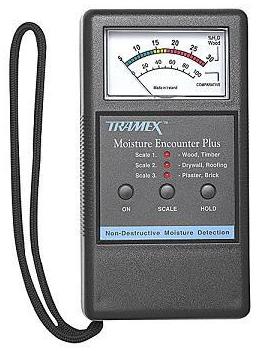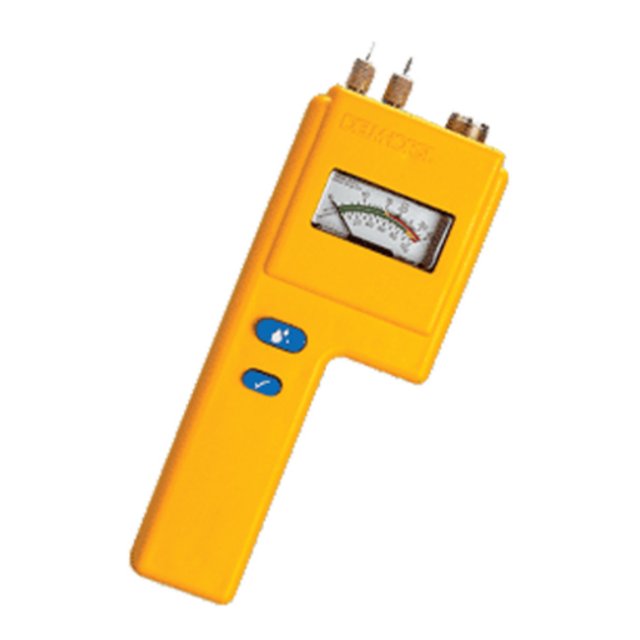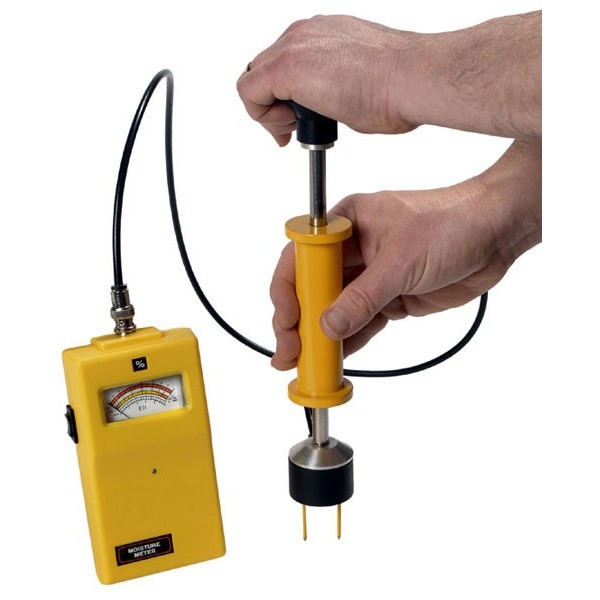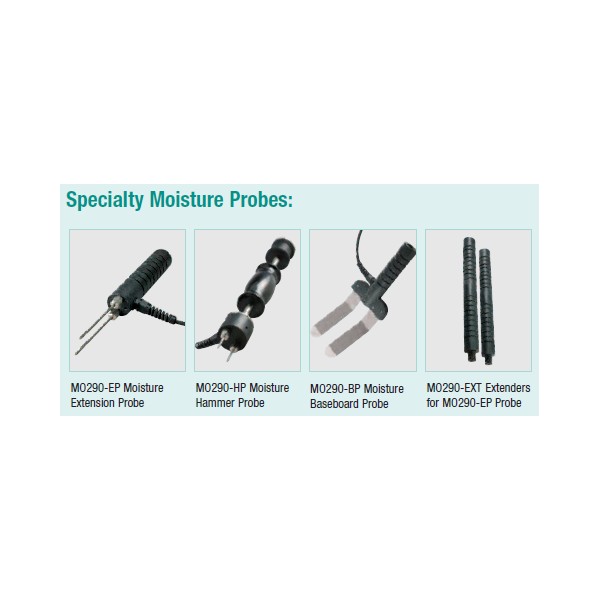I'm sorry too you had these issues. High temps can easily kill especially depending on fish species...you were good to notice it during the trauma of dead fish & better to get them OUT! I warped my hardwood floors in my last house (who knew styro coolers aren't water tight?). But I was lucky, when completely dry after many days, the cupping was gone! Especially since we were selling soon, a miracle.
Boiled fish :(
- Thread starter ppetropulo
- Start date
You are using an out of date browser. It may not display this or other websites correctly.
You should upgrade or use an alternative browser.
You should upgrade or use an alternative browser.
Thanks Excuzze. Hopefully the dehumidifiers will do their magic and we won't have to rip anything out.
drywall should be harder and stronger after wetting and drying.
as long as the structure is properly dried within a 72 hour period and the equipment is pulled correctly allowing the structure to remain dry after the affected rooms have cooled, microbial growth and introduction should remain at a manageable minimum.
95°F is in the danger zone. top of the line LGR (low grain refrigerant) dehumidifiers are capable of lowering the relative humidity of a given air space as low as 10% to 12% RH, but the fans will combat this as they remove moisture from the structure. if the RH of the room air volume is near or about 50% and the temp is near or over 95°F, the dew point will be around or above room temperature. this means when the equipment is removed, there is a significant risk of the moisture collecting on surfaces as the room cools back to acceptable temperatures. in other words, the entire structure can get soaked again and water can collect on all the surfaces including the ceiling leading to possible indoor rain or extremely fast colonization of moisture loving microbes such as mold.
use a psychrometric chart or calculator (can be easily found with a quick google search) to ensure that the temp and humidity levels they record coincide with a dew point lower than the temperature the room is going to settle at... otherwise put a powerful fan (air mover) aimed out one window while leaving an adjacent window open to allow fresh air in until your dew point is below your accepted (normal) room temperature for that particular room.
make sure they confirm that the structure is dry. if this is an insurance claim, they might be tempted to leave the job before it's actually done. insurance companies can be very strict about the time they're willing to pay for equipment to be on site (it's basically a rental fee with house call fees tacked on for daily monitoring... and can get expensive). you may want to consider paying any overages out of pocket to ensure a thorough, finished job.
you'll want them to use penetrating moisture meters (that show a value, not just wet or dry) on penetrable surfaces, a surface meter on exposed hard surfaces such as concrete, a spade extension to slip behind trim, base boards, etc. ... and if they have a thermal imaging camera, you'll want them to use that to find cool spots to identify any problem areas. any trim or base boards that show signs of moisture behind them should be removed for drying purposes and placed back once drying is complete.
if there is any moisture behind walls, ceilings, etc., you want to make sure they're addressing that directly by circulating air behind that structure through whatever means available. you can't dry behind a wall by blowing a fan at it's surface. if you have hardwood floors, tiled floors, etc. ... where there's layers of hard and/or smooth textured surfaces, you'll want them to put down surface drying matts.
like these injectidry units...
[yt]7eRHEzi0Vw4[/yt]
this is a surface meter. it has two pads on the back that make contact to measure electrical conductivity through which you set the switch and it gives you a percentage value for the surface you're measuring...

this is a penetrating meter. notice the two needles. they penetrate and measure below the surface the same way the surface meter does...

depending on the surface, it might be necessary to use a penetrating meter with a little more oomph in the penetrating department...

notice the base board probe here...

definitely go to your local hardware store, lowes, home depot, wally world, etc. ... and pick yourself up a digital gauge/meter capable of displaying humidity and temperature and keep an eye on the affected areas before, during and after they remove their equipment... and keep your house from reaching it's dew point and/or 90% or more humidity. ideally you want the humidity to stay at or below 60%. 40% to 60% is considered ideal for human habitation and should allow a decent buffer as temps change as long as the change is not drastic (like going from over 90°F to a comfortable room temp of say 68°F to 72°F where the dew point and relative humidity can rise in a hurry and become a real issue).
you can get a decent little unit for around $10 if you look hard enough. here are some inexpensive options for example... http://www.acurite.com/weather/humidity.html
i picked up an earlier model of this one some years ago for just over $10... i think from wally world or home depot... http://www.acurite.com/weather/humi...meter-with-humidity-clock-silver-00891a2.html
also... be sure they do a very, very thorough check of any structure below the affected area. water moves along flat surfaces until it finds a vertical escape route, so the water could have easily got below the surface and made it's way to the complete other end of the home on a lower floor, behind walls, inside closets, etc. ... places that can be very easily overlooked.
if your home has metal studs, be extra careful to make sure they've treated those areas accordingly. between each 16" on center stud can hold as much as .8 US gallon of water and blowing on it even with low humidity air isn't going to eliminate it. it needs to be removed before air movers and dehumidifiers can be effective.
i'm losing track of what i've covered at this point. any questions or concerns, feel free to pm me and i'll get back to you at my earliest convenience. unfortunately, i don't necessarily frequent this site anymore. more of an occasional pop-in, so responding here, i might not ever take notice.
oh... air movers... in case you have to vent the home... regular fans just won't do... you want an air mover... these should be good options...
http://www.lowes.com/pd_302420-20097-1030111_0__
http://www.lowes.com/ProductDisplay...gId=10051&cmRelshp=req&rel=nofollow&cId=PDIO1
http://www.lowes.com/ProductDisplay...gId=10051&cmRelshp=req&rel=nofollow&cId=PDIO1
whatever you use should have enough power to create negative pressure (more air blowing out the window than the adjacent window wants to let in) to combat buffeting that normal window fans allow to ensure the air you're blowing out of one window has to come in through the other one. otherwise you're just blowing air around... which is bad if you're in need of lowering humidity. be sure to seal between the air mover and the window opening with plastic and tape (duct tape and clean trash bags should do the trick) to get a good seal and maximize air exchange throughout the room.
since they're drying your structure with air movers at the moment, you should have a good general idea of the power you'll need for an air mover. you want something generally with similar capabilities to the units the pros working on your home are currently using. obviously your run of the mill fan isn't going to cut the mustard.
hope this has helped. sorry to hear about your situation.




as long as the structure is properly dried within a 72 hour period and the equipment is pulled correctly allowing the structure to remain dry after the affected rooms have cooled, microbial growth and introduction should remain at a manageable minimum.
95°F is in the danger zone. top of the line LGR (low grain refrigerant) dehumidifiers are capable of lowering the relative humidity of a given air space as low as 10% to 12% RH, but the fans will combat this as they remove moisture from the structure. if the RH of the room air volume is near or about 50% and the temp is near or over 95°F, the dew point will be around or above room temperature. this means when the equipment is removed, there is a significant risk of the moisture collecting on surfaces as the room cools back to acceptable temperatures. in other words, the entire structure can get soaked again and water can collect on all the surfaces including the ceiling leading to possible indoor rain or extremely fast colonization of moisture loving microbes such as mold.
use a psychrometric chart or calculator (can be easily found with a quick google search) to ensure that the temp and humidity levels they record coincide with a dew point lower than the temperature the room is going to settle at... otherwise put a powerful fan (air mover) aimed out one window while leaving an adjacent window open to allow fresh air in until your dew point is below your accepted (normal) room temperature for that particular room.
make sure they confirm that the structure is dry. if this is an insurance claim, they might be tempted to leave the job before it's actually done. insurance companies can be very strict about the time they're willing to pay for equipment to be on site (it's basically a rental fee with house call fees tacked on for daily monitoring... and can get expensive). you may want to consider paying any overages out of pocket to ensure a thorough, finished job.
you'll want them to use penetrating moisture meters (that show a value, not just wet or dry) on penetrable surfaces, a surface meter on exposed hard surfaces such as concrete, a spade extension to slip behind trim, base boards, etc. ... and if they have a thermal imaging camera, you'll want them to use that to find cool spots to identify any problem areas. any trim or base boards that show signs of moisture behind them should be removed for drying purposes and placed back once drying is complete.
if there is any moisture behind walls, ceilings, etc., you want to make sure they're addressing that directly by circulating air behind that structure through whatever means available. you can't dry behind a wall by blowing a fan at it's surface. if you have hardwood floors, tiled floors, etc. ... where there's layers of hard and/or smooth textured surfaces, you'll want them to put down surface drying matts.
like these injectidry units...
[yt]7eRHEzi0Vw4[/yt]
this is a surface meter. it has two pads on the back that make contact to measure electrical conductivity through which you set the switch and it gives you a percentage value for the surface you're measuring...

this is a penetrating meter. notice the two needles. they penetrate and measure below the surface the same way the surface meter does...

depending on the surface, it might be necessary to use a penetrating meter with a little more oomph in the penetrating department...

notice the base board probe here...

definitely go to your local hardware store, lowes, home depot, wally world, etc. ... and pick yourself up a digital gauge/meter capable of displaying humidity and temperature and keep an eye on the affected areas before, during and after they remove their equipment... and keep your house from reaching it's dew point and/or 90% or more humidity. ideally you want the humidity to stay at or below 60%. 40% to 60% is considered ideal for human habitation and should allow a decent buffer as temps change as long as the change is not drastic (like going from over 90°F to a comfortable room temp of say 68°F to 72°F where the dew point and relative humidity can rise in a hurry and become a real issue).
you can get a decent little unit for around $10 if you look hard enough. here are some inexpensive options for example... http://www.acurite.com/weather/humidity.html
i picked up an earlier model of this one some years ago for just over $10... i think from wally world or home depot... http://www.acurite.com/weather/humi...meter-with-humidity-clock-silver-00891a2.html
also... be sure they do a very, very thorough check of any structure below the affected area. water moves along flat surfaces until it finds a vertical escape route, so the water could have easily got below the surface and made it's way to the complete other end of the home on a lower floor, behind walls, inside closets, etc. ... places that can be very easily overlooked.
if your home has metal studs, be extra careful to make sure they've treated those areas accordingly. between each 16" on center stud can hold as much as .8 US gallon of water and blowing on it even with low humidity air isn't going to eliminate it. it needs to be removed before air movers and dehumidifiers can be effective.
i'm losing track of what i've covered at this point. any questions or concerns, feel free to pm me and i'll get back to you at my earliest convenience. unfortunately, i don't necessarily frequent this site anymore. more of an occasional pop-in, so responding here, i might not ever take notice.
oh... air movers... in case you have to vent the home... regular fans just won't do... you want an air mover... these should be good options...
http://www.lowes.com/pd_302420-20097-1030111_0__
http://www.lowes.com/ProductDisplay...gId=10051&cmRelshp=req&rel=nofollow&cId=PDIO1
http://www.lowes.com/ProductDisplay...gId=10051&cmRelshp=req&rel=nofollow&cId=PDIO1
whatever you use should have enough power to create negative pressure (more air blowing out the window than the adjacent window wants to let in) to combat buffeting that normal window fans allow to ensure the air you're blowing out of one window has to come in through the other one. otherwise you're just blowing air around... which is bad if you're in need of lowering humidity. be sure to seal between the air mover and the window opening with plastic and tape (duct tape and clean trash bags should do the trick) to get a good seal and maximize air exchange throughout the room.
since they're drying your structure with air movers at the moment, you should have a good general idea of the power you'll need for an air mover. you want something generally with similar capabilities to the units the pros working on your home are currently using. obviously your run of the mill fan isn't going to cut the mustard.
hope this has helped. sorry to hear about your situation.




You walked away from a tank re-fill?!?
Might wanna get yourself a couple of those battery operated water alarms you set on the floor.
I guess the dehumidifier the "water clean-up crew" used was a bit oversized for the room. They can heat-up a room significantly.
I agree with all of the guidelines you posted, and can imagine how you feel. However, the most important guideline should be:
Do not walk away from your water change while it is happening. If you turn the water off prior to walking away, fine. Otherwise, stay put.
None of the rest would have happened. Of course, there are actual emergencies that may crop up, causing you to run away, but it doesn't seem to have been the case for this instance.
Yeah, I should have just stayed and watched the tank authmal. I'll never walk away again, that's for sure!
Dunda, thank you sooo much for all the info.! Seriously, thank you for taking the time to type it all up so that hopefully my home, and my fish, will be safe for the future!
Dunda, thank you sooo much for all the info.! Seriously, thank you for taking the time to type it all up so that hopefully my home, and my fish, will be safe for the future!
Yeah, I should have just stayed and watched the tank authmal. I'll never walk away again, that's for sure!
Dunda, thank you sooo much for all the info.! Seriously, thank you for taking the time to type it all up so that hopefully my home, and my fish, will be safe for the future!
Yeah, but I bet a lot of us do it. Your experience has definitely made me more cautious. Thanks for sharing it
Oh, yeah, I forgot Dun's a mold/moisture, etc Pro, heed his advice...How's the dry out/insurance thing going? Other than the not-so-watertight cooler I've only come within a 1/4 inch of OMG refilling excitement...fingers crossed I don't space out or wander away longer than that...I'm normally a bottom of the trim refiller just for this reason...I set the timer for some hose refilling (pool) & sprinkler type things...but not for tanks...yet...but maybe I should...


